Recommended for boutique coffee beans-what coffee beans should be used for hand-brewed coffee?
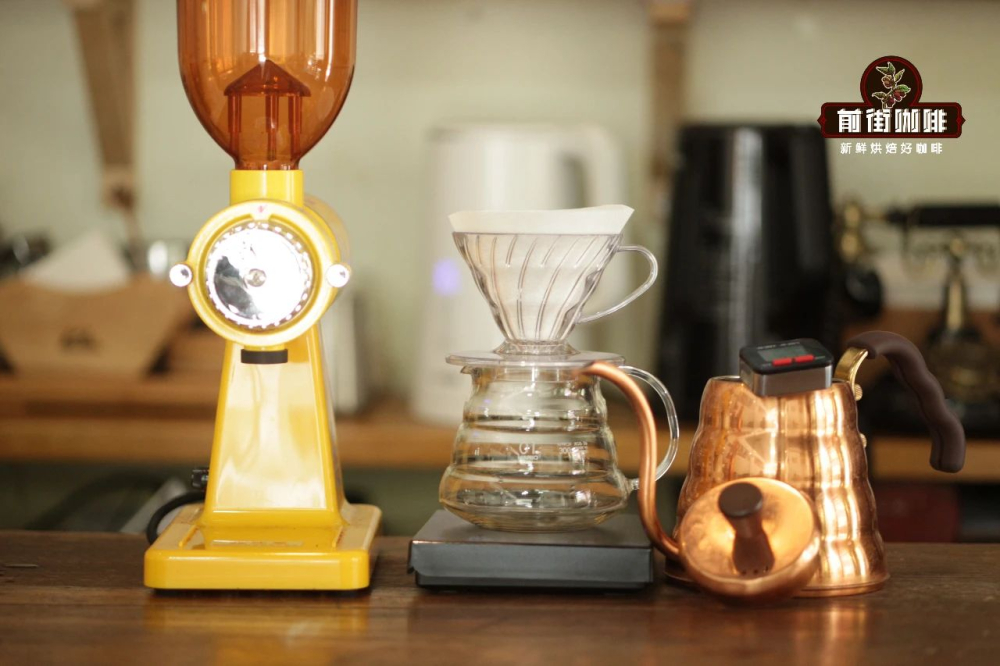
As more and more people in China have formed the habit of drinking coffee, many friends have begun to take the initiative to learn the knowledge of coffee brewing and want to make a cup of coffee on their own. In front of this article, we will talk about which coffee beans are suitable for beginners.
What is hand-made coffee?
The coffee cooked beans we usually buy are roasted at high temperature and a series of chemical reactions will take place to produce a variety of aromatic substances. We make coffee to release these aroma components by using water and utensils. Hand-brewed coffee will first grind the beans into powder, and then inject hot water into contact with the powder layer to "dissolve" the substance in the coffee. In fact, you can get a cup of clear black coffee by using a filter cup with filter paper or other tools to filter the coffee grounds and prevent them from entering the pot.
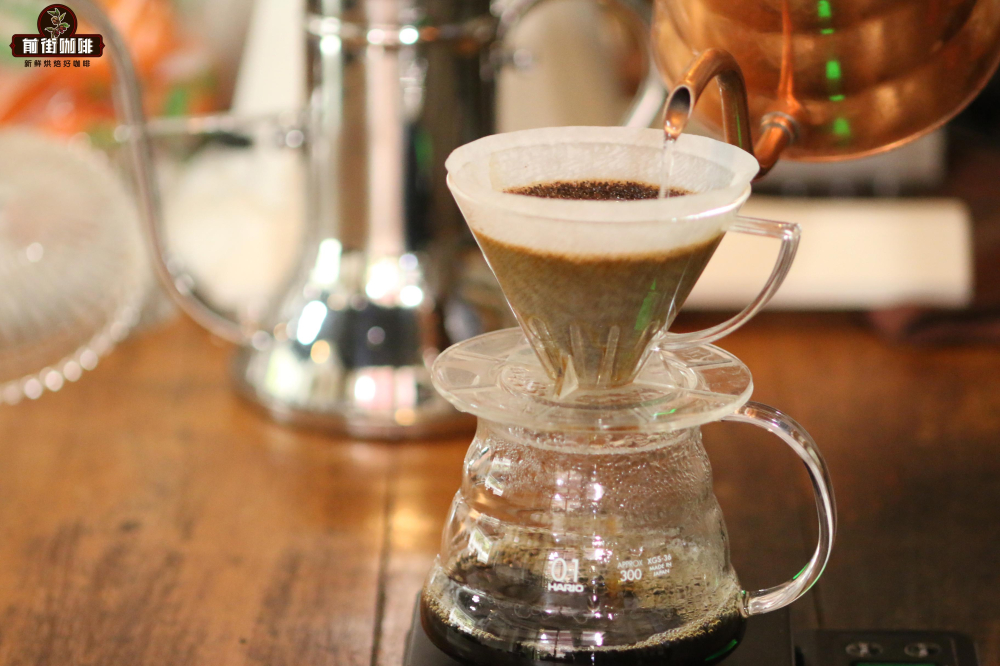
It is important to know that from bean selection to extraction, every step and step has more or less influence on the flavor of hand-brewed coffee. Therefore, in order to brew a cup of hand-brewed coffee, in addition to high-quality coffee beans, Qianjie believes that at least these appliances are needed: a hand flushing pot for water injection, a filter cup and filter paper for filtering coffee grounds, a sharing pot, a bean grinder for grinding coffee beans, an electronic scale for recording water injection and time, and a thermometer for measuring water temperature.
Of course, good coffee is inseparable from good raw materials-high-quality coffee beans. Qianjie recommends that you choose coffee beans that are at the best taste stage 4-30 days after the baking date, which is more conducive to stable extraction and fuller flavor of hand-brewed coffee. In order to ensure the freshness of the coffee beans, the coffee beans shipped in front of the street are freshly roasted within 5 days and can usually be received in 1-3 days, so that everyone can start to delve into how to extract the coffee beans within the best taste period.
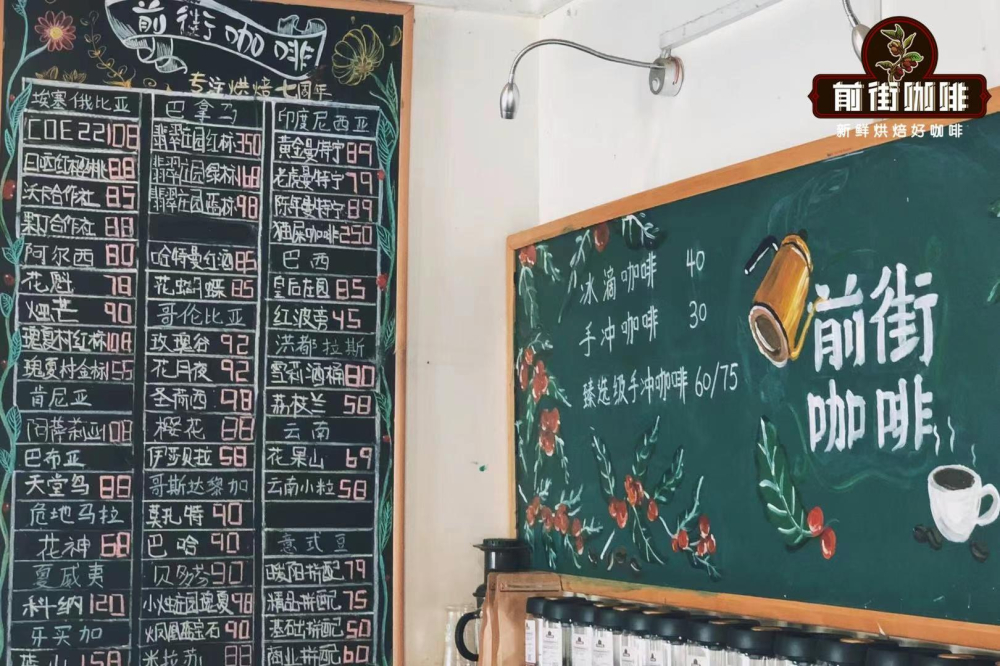
Recommended hand-made coffee beans
If you are a novice beginner to make coffee, high-priced and low-priced coffee beans will be wasted for fear of being washed out. Qianjie suggests starting with cost-effective rations beans. Qianjie selected 7 excellent classic coffee producing areas, covering a number of representative producing areas, varieties, natural treatment methods. The so-called rations and beans, as the name implies, are varieties that have no burden to drink every day, and are very close to the people in price and flavor. Qianjie has selected a number of "facade representatives" so that people can identify the basic flavor of each major producing area.
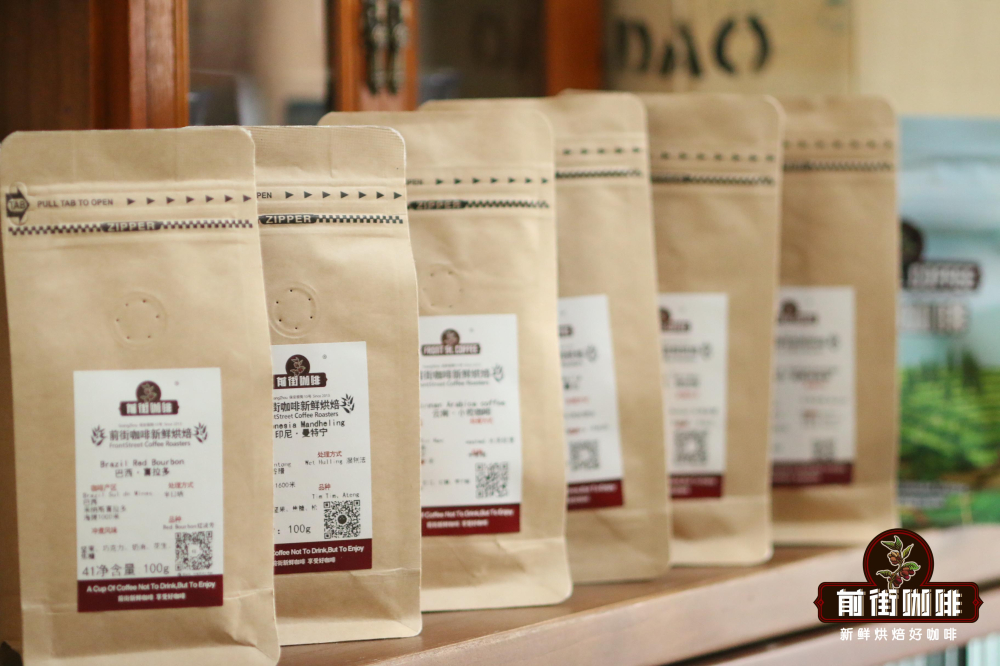
Essel's water washes Yega Chefe coffee beans.
The so-called Yega Chuefei flavor, is a beautiful citrus, lemon, berries and rich flowers, but also with a clear sense of tea, unforgettable. To show such a delicate flavor and taste, coffee's high-quality growing environment, variety, treatment, as well as roasting and brewing are indispensable.
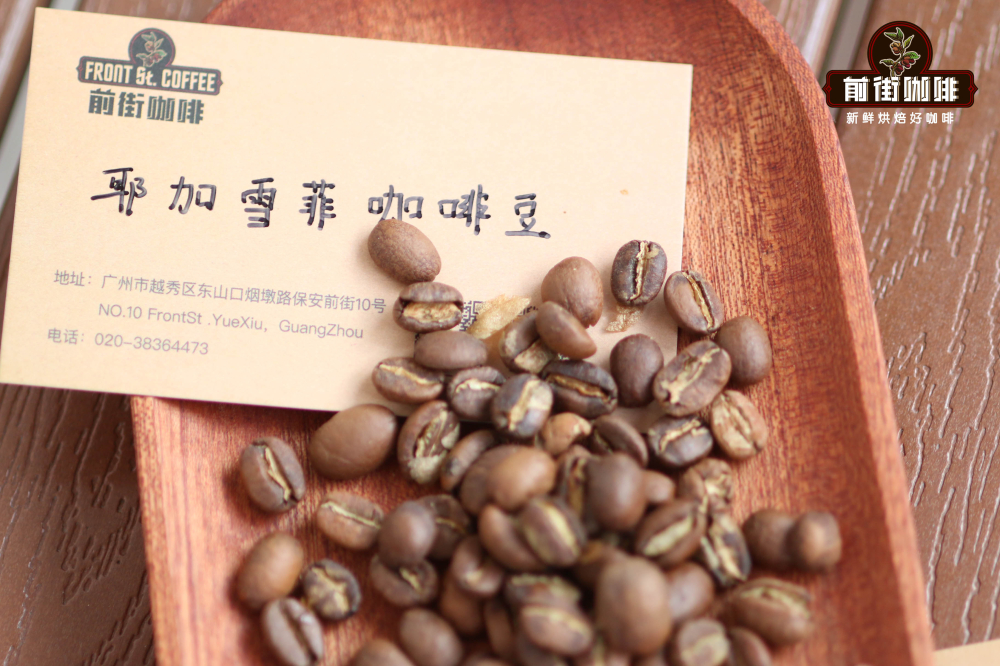
Ethiopia, located on the African continent, has underdeveloped water resources, so it has traditionally been treated with raw beans in the old sun, that is, drying directly in the sun. Because the technique is too rough, the quality of coffee is generally low. Until 1972, Ethiopia introduced Central and South American washing technology and equipment to improve the quality of coffee beans. Different from other producing areas, Yega Xuefei is a wetland, which is more suitable for washing treatment. The removal of bad beans in the washing step greatly reduces the defect rate of coffee, showing a higher degree of cleanliness, and the more clear and thorough the aroma.
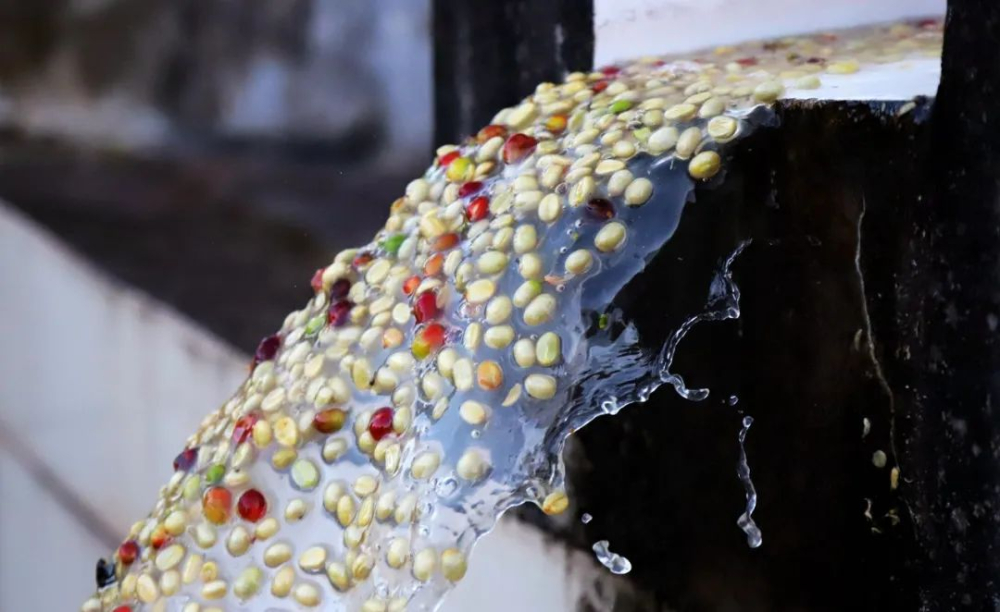
This move also magnifies the citrus citric acid and white flower aromas of Yega Xuefei coffee beans, and makes them more fresh and bright in taste. Qianjie launched Yejiaxuefei rations beans use medium-light baking, retain more acid, let its classic Yega Xuefei flavor, suitable for hand-flushing, cold extraction, French kettle and other ways of cooking.
Washed Vivette Nan Fruit Coffee beans in Guatemala
The Vivette Nanguo Highland is located in the western non-volcanic area with the driest climate and the highest elevation in Guatemala. Because it is located at the edge of plate boundary activity, under the ever-changing wind and soil conditions of the alpine basin, the flavor of coffee is also rich and varied. Like Antigua, it is rich in volcanic soil, up to 2000m above sea level, but coffee trees can grow on a 2000-meter plateau due to dry hot winds from Mexico in the northwest.
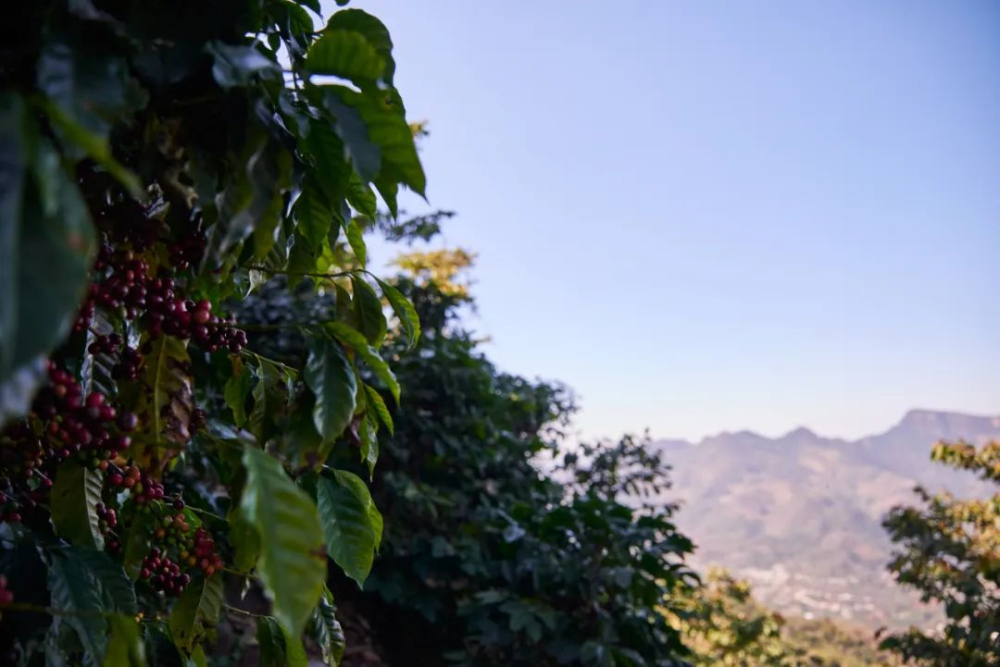
As we all know, each country has its own coffee grade standard. Raw coffee beans in Guatemala are mainly rated according to altitude. The higher the altitude, the higher the density of coffee beans and the higher the grade of raw coffee beans. The vast majority of coffee in Vivette Nan fruit producing area belongs to SHB extremely hard beans, and SHB is the highest grade of raw beans in Guatemala.
The Vivette South Fruit Coffee beans in the front street are washed, showing the cleaner tonality of Guatemalan coffee. Because of its rich fruity aroma, medium-light roasting is used in roasting, so that we can smell the sweetness of citrus and nuts after the coffee is ground.
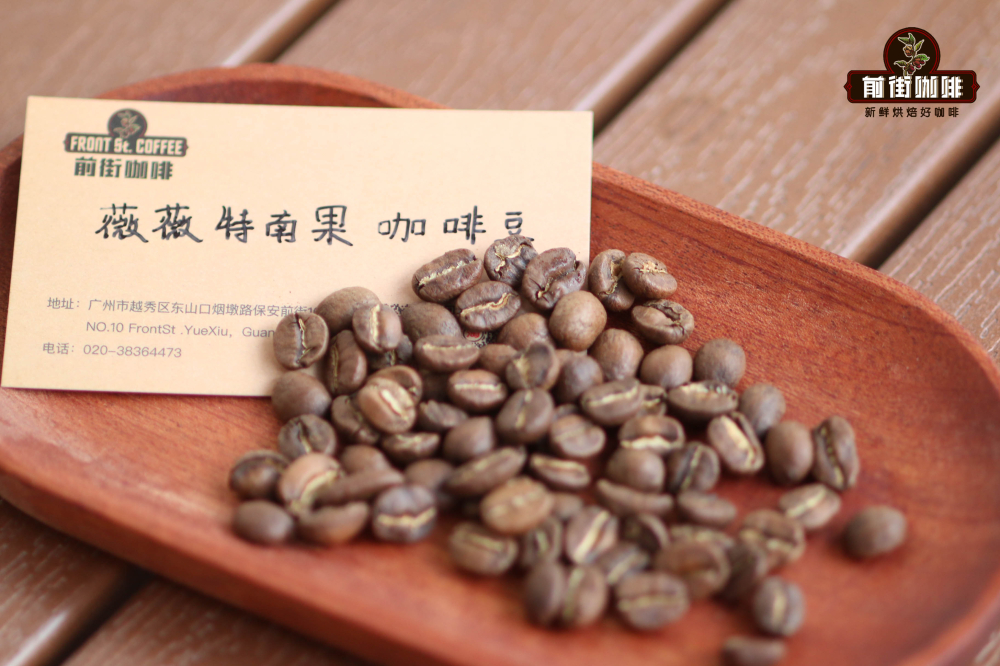
Washed Whelan coffee beans in Colombia
Huilan production area became famous after entering the 21st century, its figure frequently appeared on the prize list of various raw bean competitions, and won the official origin certification in 2013. Huilan, whose name comes from Whelan Province, is located in southwestern Colombia, on the side of the Andes, near Whelan Volcano. The volcanic ash brought by the volcanic eruption adds fresh nutrients to the soil, especially the growth of coffee trees. Compared with other producing areas, Huilan has rain and suitable temperature all the year round, so that coffee trees can even be planted to a height of more than 2,000 meters, and coffee can be produced at high altitude with a clear acidity and chocolate aroma.
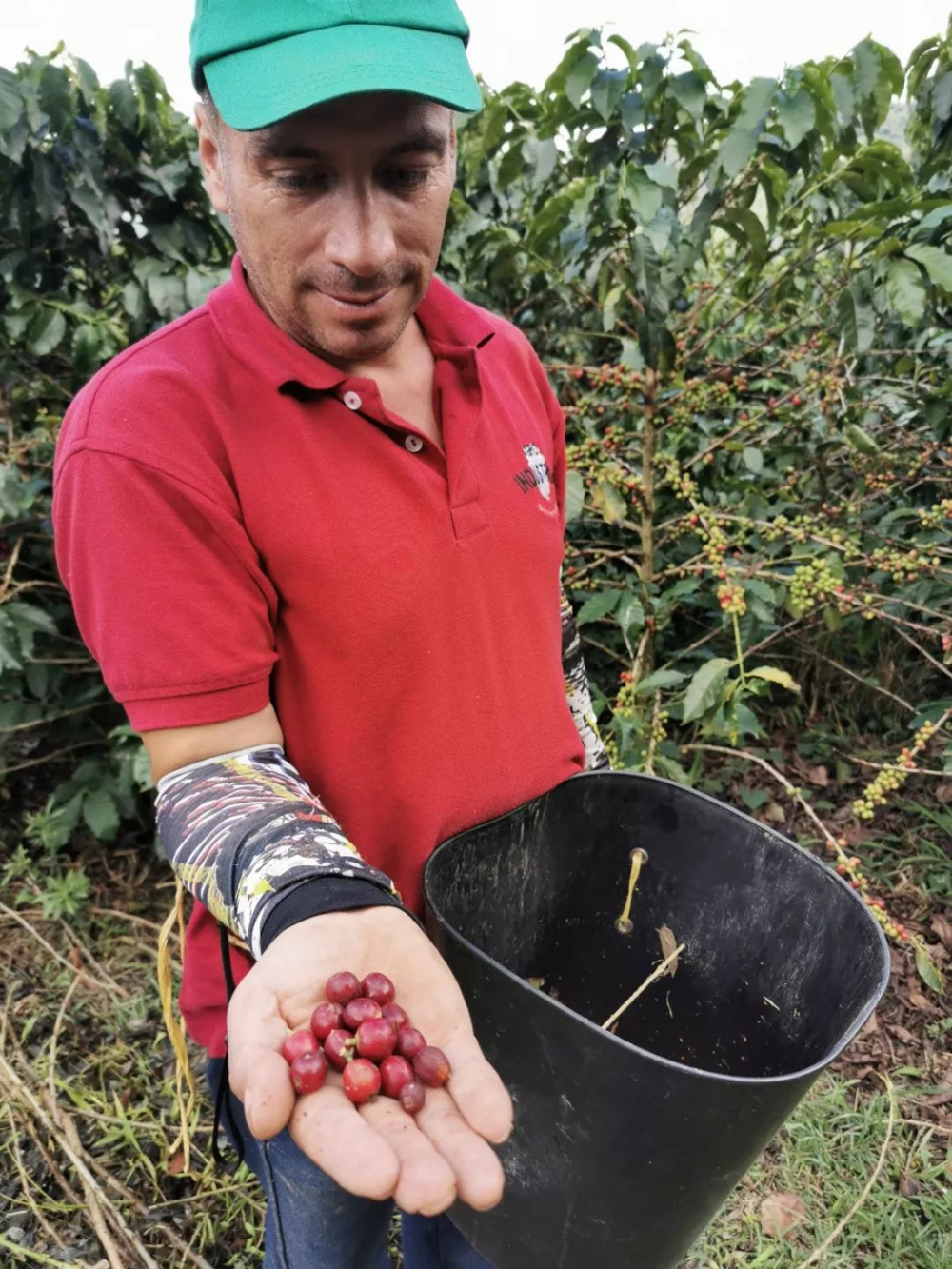
Huilan coffee is mainly produced by small farmers, and the local farm area is usually less than 1.5 hectares. Managers will plant shade trees to provide a better growth environment and quality guarantee for coffee. Whenever coffee cherries are ripe, Colombians pick the most mature and full coffee fruits and carry out post-processing at the freshest stage, each step to ensure the freshness of the coffee. The water-washed Huilan grain beans have both soft acidity and suitable mellow and sweet. Qianjie hopes to present the classic Columbia nut notes and retains part of the acidity, choosing medium-deep baking.
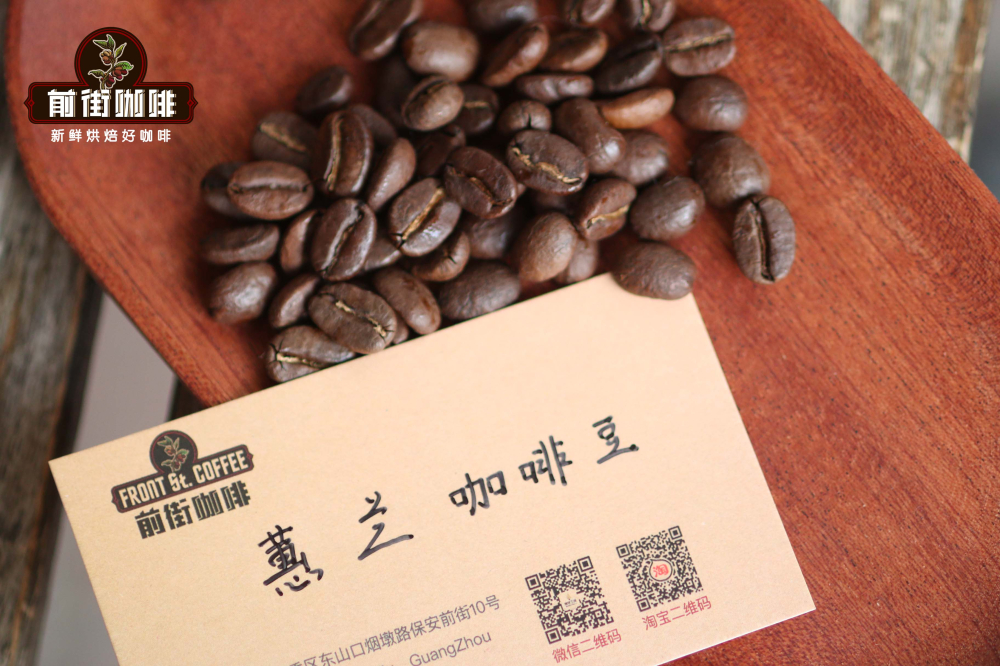
Half-sun Syrador in Brazil
Unlike the high elevations of coffee producers in Africa or South America, where coffee plantations are mostly only a few hundred meters high, Brazilian growers who pursue mass production mainly use large-scale sun-exposed planting patterns. Therefore, the fruit of Brazilian coffee ripens quickly, without all the rich acidity of high-altitude coffee, and the taste tends to be glycol and balanced. It is precisely because of the plain nature of Brazilian coffee that it is used in the formula of Italian coffee, which not only sets off the roasted aroma of coffee, but also makes the flavor of extraction more stable.
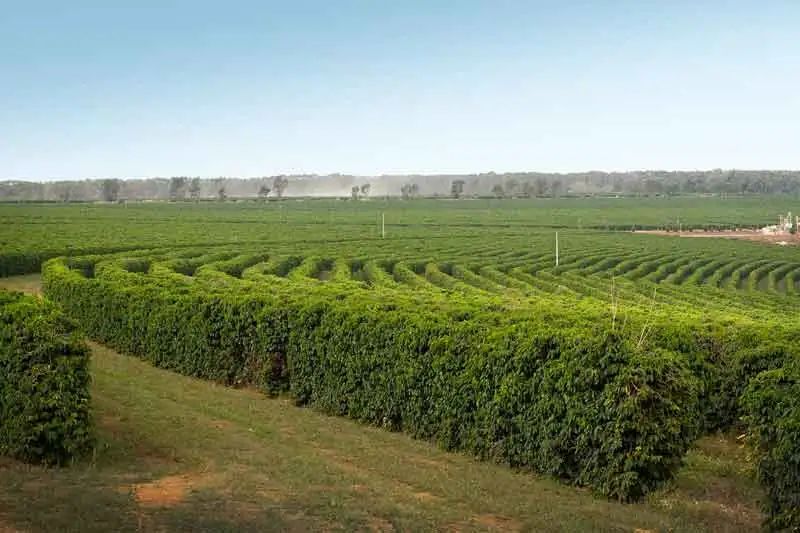
Located in the northwest of Minas Gerais, the Hilado region has a long coffee history and mature production experience, and many enterprises have set up medium to large coffee plantations here. At 800-1300 meters above sea level, with four distinct seasons (wet summer and dry winter), the soil is rich in minerals, and the coffee is smooth with nutty and creamy taste, with a well-balanced taste and a very classic Brazilian flavor. So Qianjie also added half-sun red bourbon coffee from Syrador to the ranks of rations and beans in Qianjie.
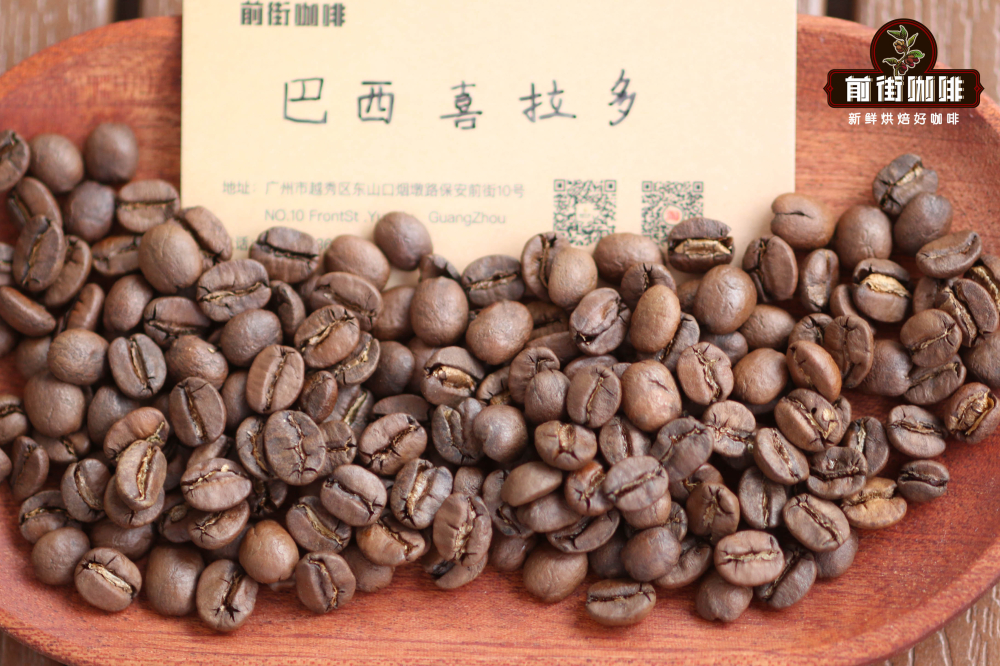
Washed Tara beads in Costa Rica
Costa Rica is located in Central and South America, connected to Panama, where Rose Summer became famous, and influenced by ocean currents and monsoons in the Pacific and Atlantic oceans, Costa Rica forms an excellent microclimate, combined with various topographic features, making it the perfect producing area for coffee to thrive. Although Costa Rica does not rank high in terms of coffee production, many volcanoes in the country have brought very fertile mineral soil and excellent drainage to Costa Rica, so that the crops grown here are rich in Rain Water and nutrients, and the fruit produced is naturally better.
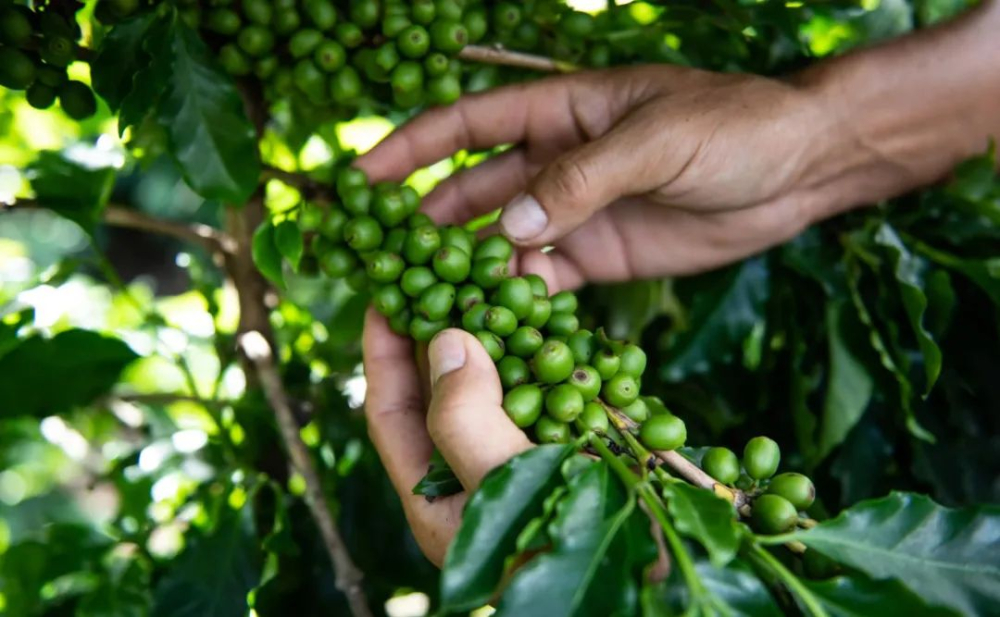
Tarazu, located in the south of the country's capital, San Jos é, is one of the most valued coffee growers there. Darazhu has 1200-1700 meters of high-altitude planting conditions, cool climate and nutritious volcanic ash soil, so that coffee with a variety of acidity and round Body. Coupled with the development of boutique coffee, we continue to make innovation and progress in processing techniques, which makes Tarazhu coffee accumulate a lot of good reputation in the coffee circle.
The Costa Rican rations on the front street are a mixture of two common varieties, Kaddura and Kaduai, and are naturally washed. Kaddura's flavor is mainly fruity, with the acidity of berries. Kaduai's flavor will be more monotonous than Kaddura, nut-based, without the rich hierarchy of Kaddura. The mixture of the two varieties makes Tarazhu coffee more balanced and softer.
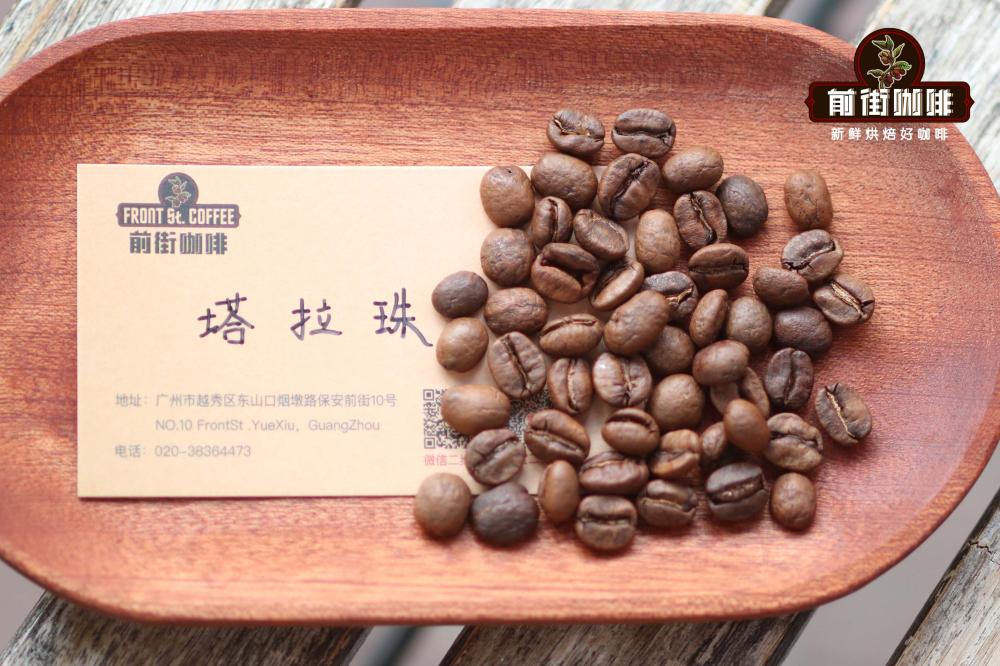
Indonesia's Wet Planer Lin Dong Mantini
Indonesia's high temperature and humidity environment, so that the local people have to innovate suitable for the local "new" treatment method-wet planing method. The steps in front of the wet planing method are the same as the water washing method. Indonesians first remove the pulp of the coffee fruit and ferment it in water for 3 hours. After washing the mucous membrane, the raw coffee beans with parchment are dried for a short time for 2-3 days. Remove the parchment when the water content is 20-24%, and then continue to dry until the water content of the coffee is 13%.
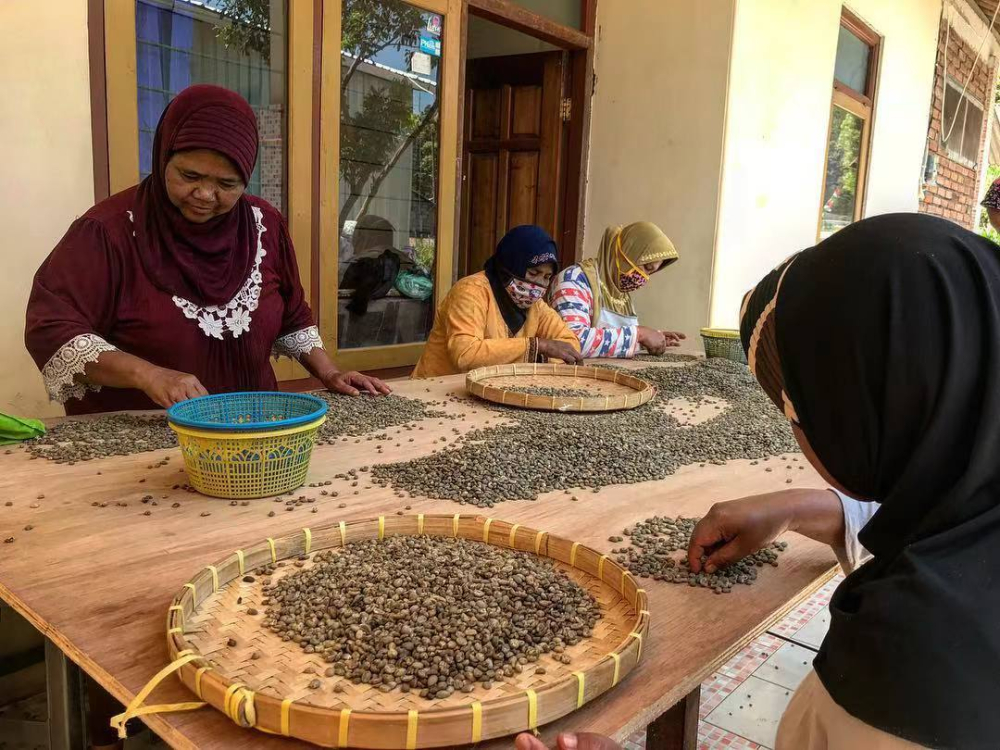
Because the shelling machine uses greater friction, the parchment layer clinging to the raw beans is torn open. At this stage, white or green mucus usually flows out of it. Due to long-term mucus soaking and humid conditions, the raw beans finally become soft, whitish and swollen, and form grayish green. After friction stirring, raw beans are also more likely to be crushed or crushed, especially at both ends, forming a small gap, resulting in sheep's hoof beans. The drying speed of "naked beans" without sheep skin is very fast, and at the same time, it is also directly exposed to the humid environment, which is bred by various bacteria. Let the Indonesian coffee with a unique flavor of wood, spices and herbs. That's what we call "Manning flavor".
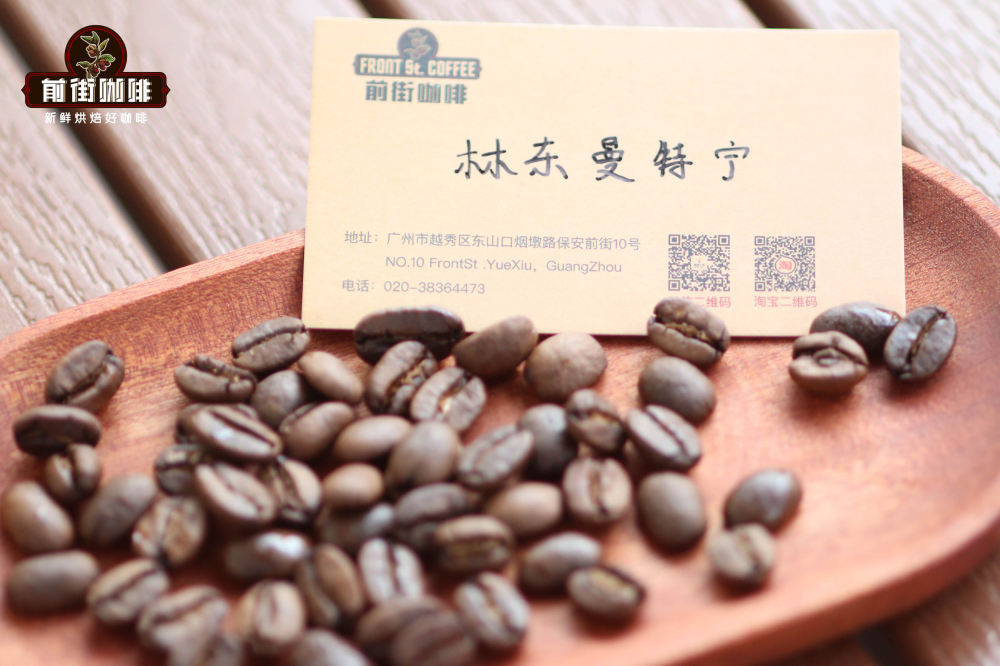
Water washing Baoshan in Yunnan, China
In recent years, with the efforts of many people, the quality of Yunnan coffee has been continuously improved and won a lot of affirmative voices, and there are many fans and friends of Yunnan coffee in China. For friends who have not drunk Yunnan coffee, they must be curious about how it tastes. The Yunnan rations beans in Qianjie come from Baoshan, which has a long history of growing coffee.
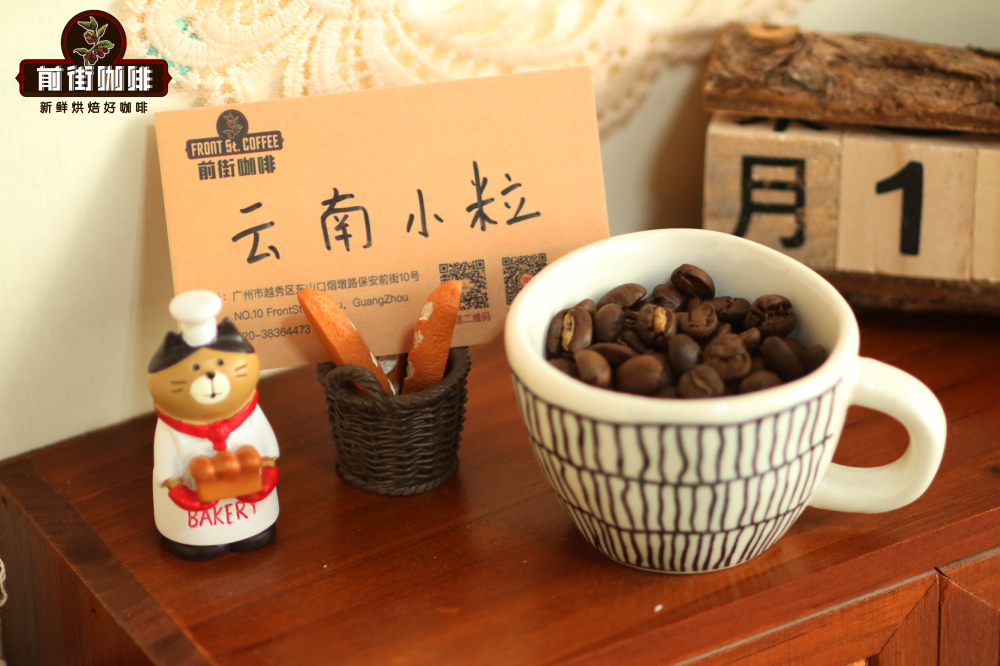
The frost-free warm climate of Baoshan is very suitable for the growth of small-grain coffee, especially in the unique dry-hot valley around Lujiangba, but the temperature difference between day and night is large, which creates the unique return of Baoshan small-grain coffee. in addition, it has a reasonable low rainfall, which brings great advantages to coffee production. The biggest climate feature of Baoshan is relatively less precipitation and higher altitude, so coffee beans have less flesh, but high sweetness. So Qianjie started Baoshan granule as the facade representative of Yunnan coffee, giving everyone a taste of domestic coffee.
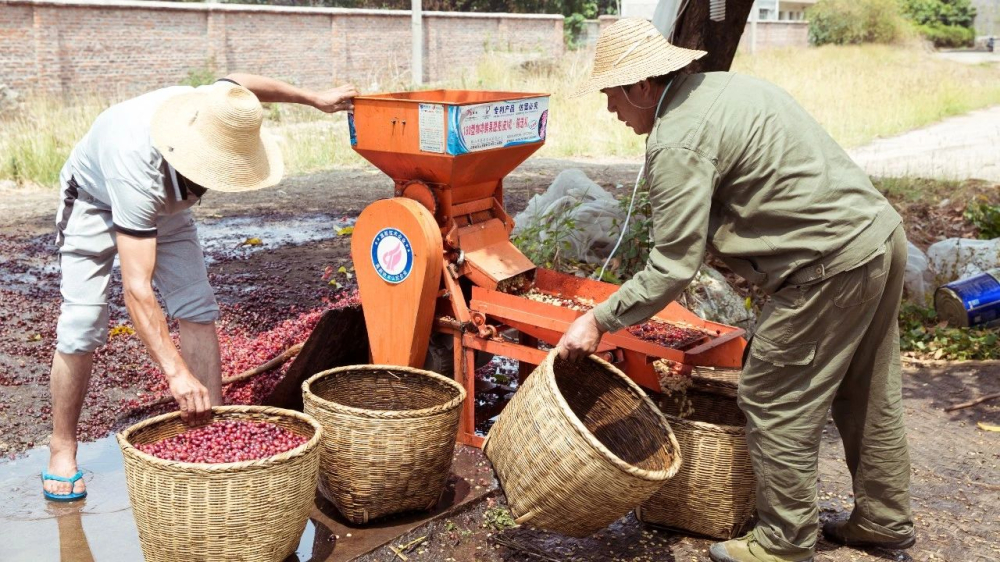
Some merchants use novel flavor enhancement methods to cover up the defective taste of Yunnan bean itself, and add a lot of flavor to it and raise the price. Qianjie feels that this does not really retain the taste of Yunnan coffee, but also misleads consumers. In fact, due to the limited conditions, the vast majority of Yunnan coffee can only be treated naturally, that is, washing and sun exposure. Qianjie here finally chose water washing treatment, using moderate baking, highlighting the roasted aromas of small grains of chocolate and nuts in Yunnan while retaining part of the acid, showing the aroma of nuts, herbs, brown sugar, sweet melons and fruits, and the sour quality of plums, with a balanced taste.
Professional coffee knowledge exchange more coffee bean information please follow the coffee workshop (Wechat official account cafe_style)
For more boutique coffee beans, please add private Qianjie coffee on Wechat. WeChat account: qjcoffeex
Important Notice :
前街咖啡 FrontStreet Coffee has moved to new addredd:
FrontStreet Coffee Address: 315,Donghua East Road,GuangZhou
Tel:020 38364473
- Prev

Galapagos Islands Coffee imprint
Galapagos Islands Galapagos Islands coffee treasures from the hometown of giant turtles, this coffee treasure is of excellent quality and is grown without any chemicals.
- Next

The World Map of Fine Coffee beans-Asia
1. China (coffee production in China is mainly in Yunnan, Hainan and Taiwan. At present, Yunnan Province accounts for 70% of the country's coffee planting area and 83% of the country's output. Yunnan coffee has established its dominant position in China in terms of both planting area and coffee bean production.) 2. India 3, Indonesia 4, Yemen 5, Vietnam (responsibility
Related
- Beginners will see the "Coffee pull flower" guide!
- What is the difference between ice blog purified milk and ordinary milk coffee?
- Why is the Philippines the largest producer of crops in Liberia?
- For coffee extraction, should the fine powder be retained?
- How does extracted espresso fill pressed powder? How much strength does it take to press the powder?
- How to make jasmine cold extract coffee? Is the jasmine + latte good?
- Will this little toy really make the coffee taste better? How does Lily Drip affect coffee extraction?
- Will the action of slapping the filter cup also affect coffee extraction?
- What's the difference between powder-to-water ratio and powder-to-liquid ratio?
- What is the Ethiopian local species? What does it have to do with Heirloom native species?

